GODDESS FORTUNA AND HER DUNCES:
AN EFFORT TO MAKE SENSE OF IT ALL
About the Exhibition
DeDeaux, a New Orleans native and one of America’s pioneering new media artists, employs her visionary sense of space, light and media to transform the Brulatour Courtyard into “Goddess Fortuna and Her Dunces In An Effort To Make Sense Of It All.” Inspired by John Kennedy Toole’s “A Confederacy of Dunces,” the exhibition celebrates the 30th anniversary of the classic New Orleans novel’s Pulitzer Prize and explores its underlying philosophical themes.
In DeDeaux’s installation, the eccentric and tangential mind of Reilly escapes the pages of the book, usurping the courtyard through a number of sculptures, prints and sound and lighting installations recalling iconography from the novel. Those familiar with the book will recognize the Lucky Dog hotdog cart, the Levy pants revolt and Reilly’s filthy rumpled bed.
DeDeaux set the interpretation within the context of contemporary New Orleans’ pop culture using two icons
of modern New Orleans—bounce artists Big Freedia and Katey Red. The rappers alternately play the Goddess Fortuna in a video projected on an exterior wall.

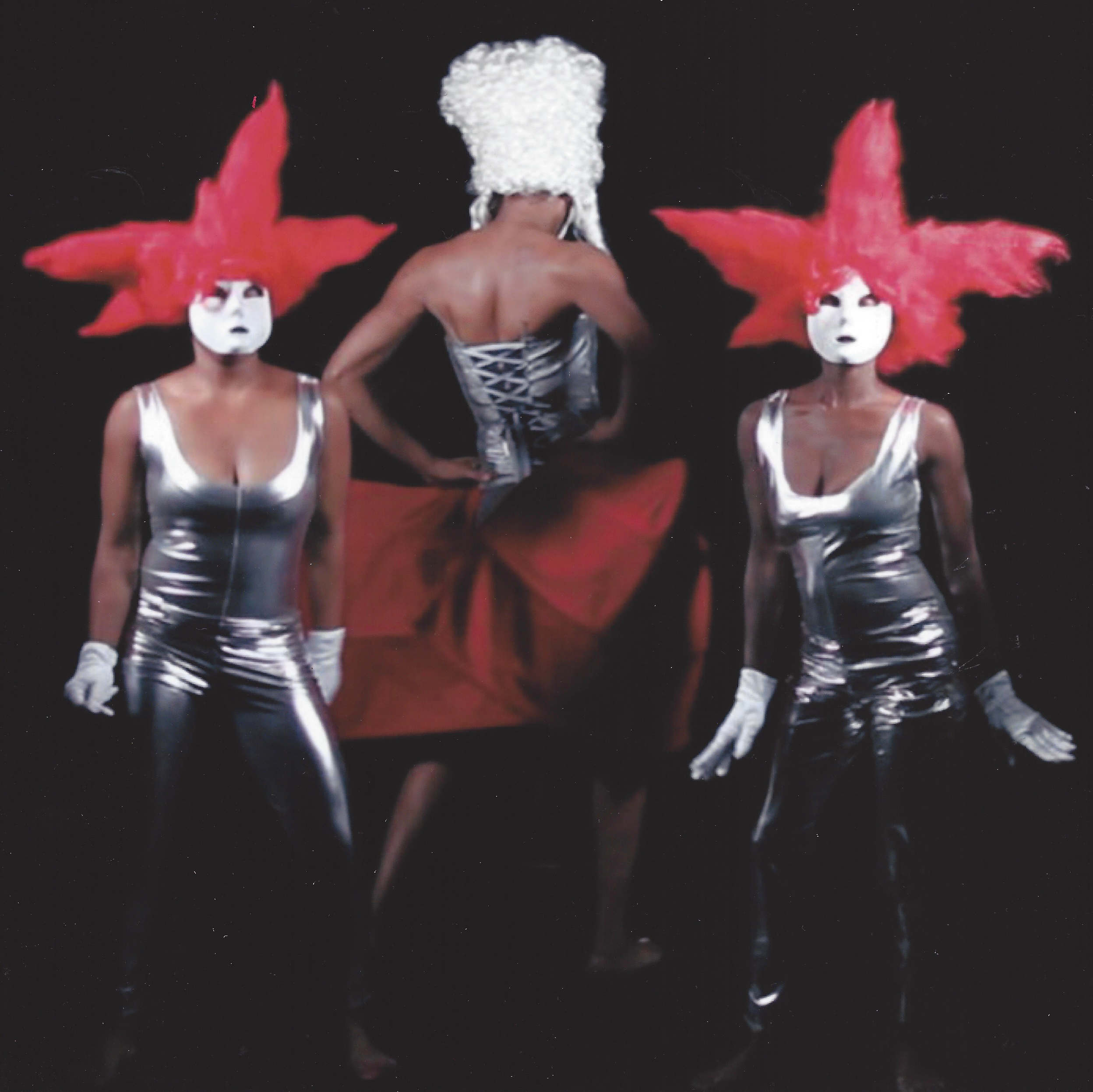
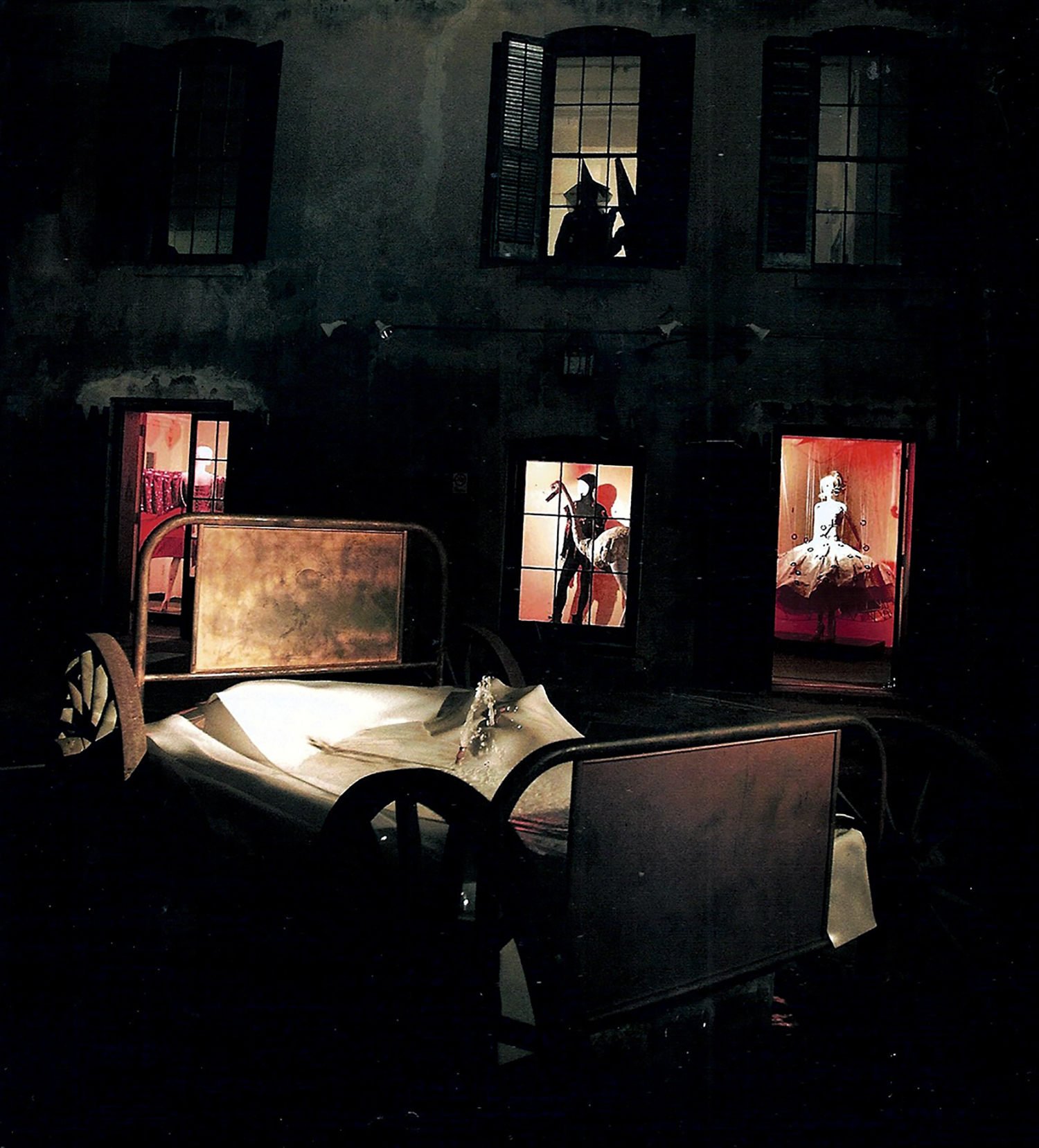
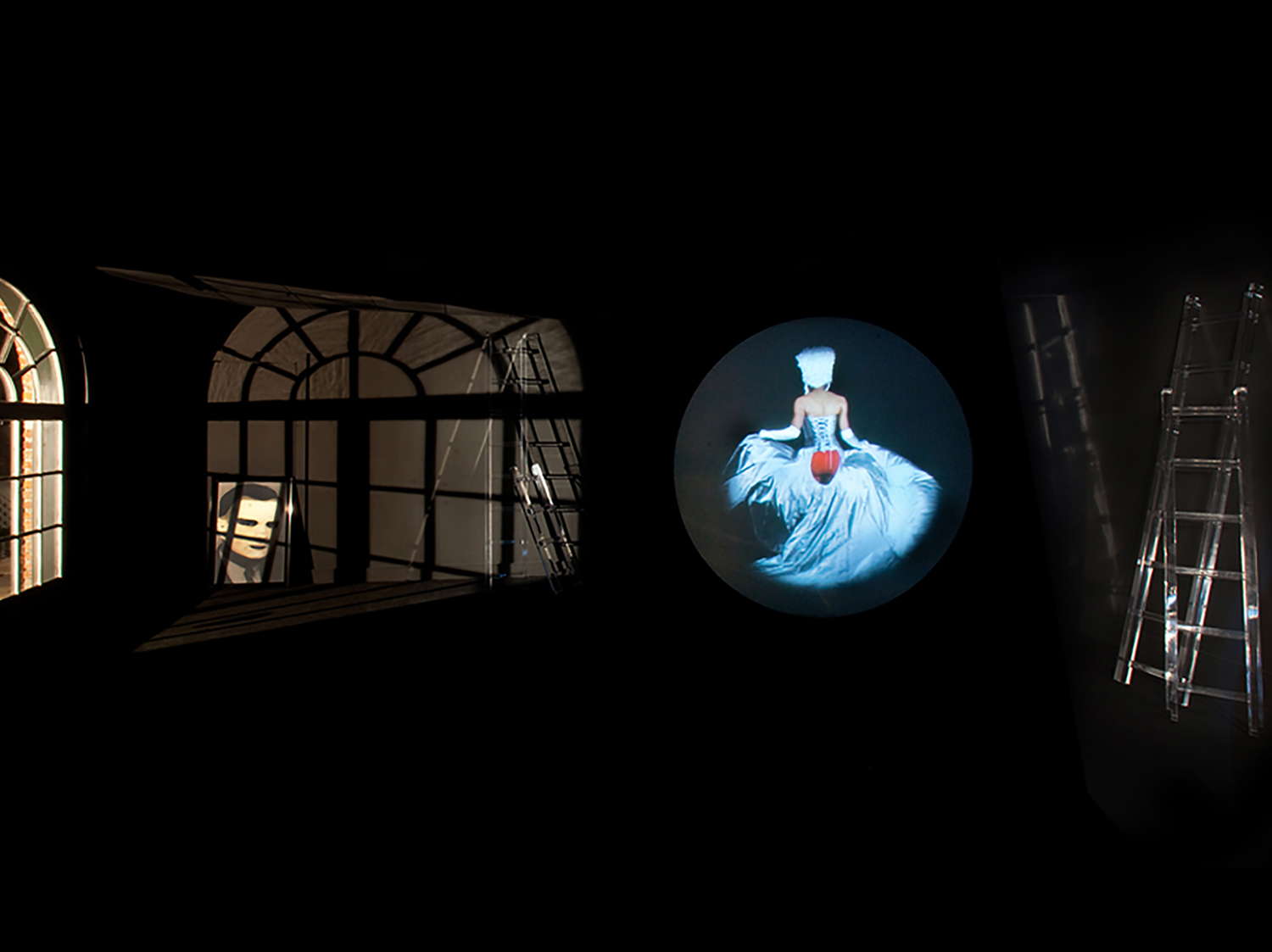
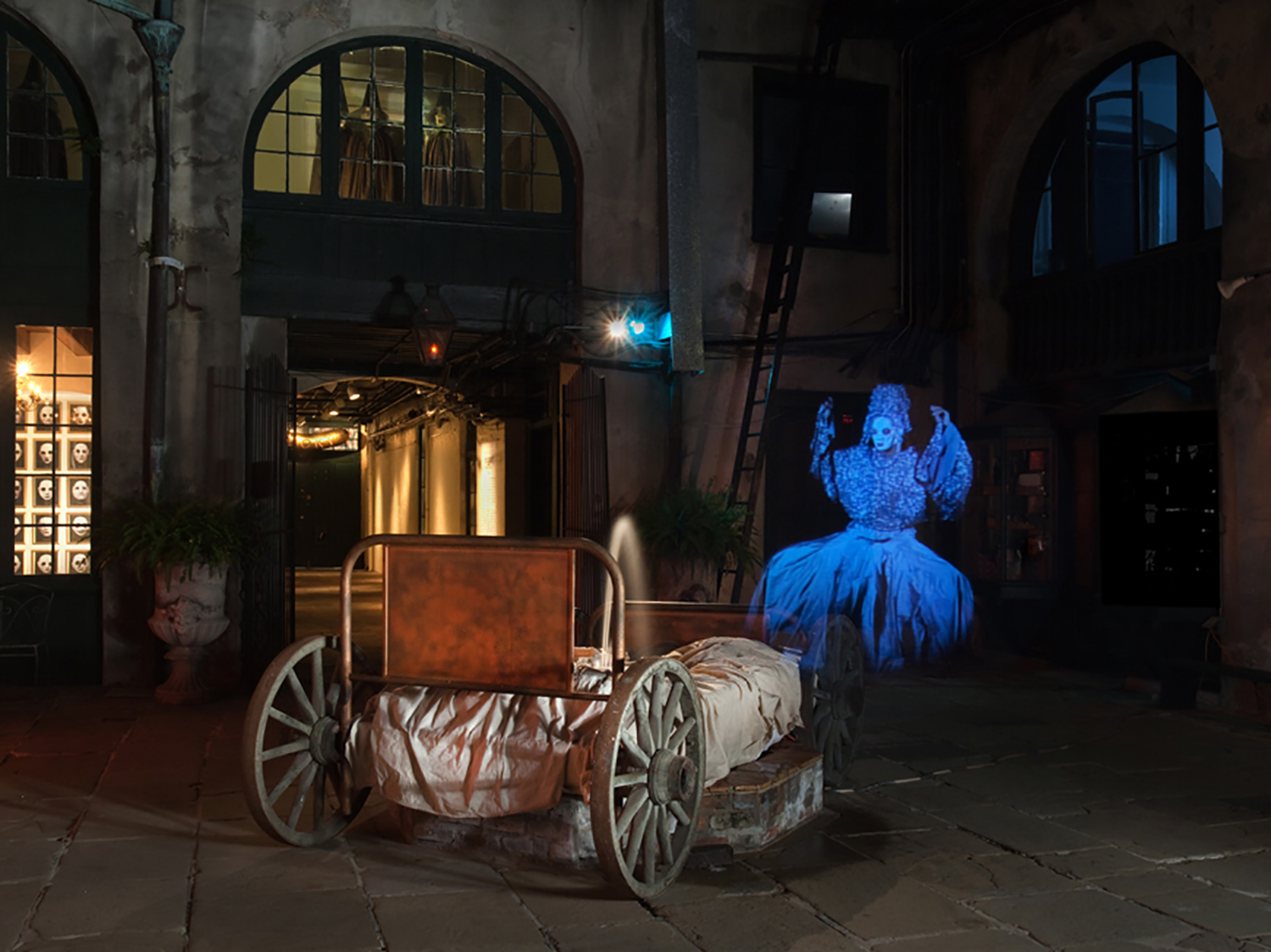
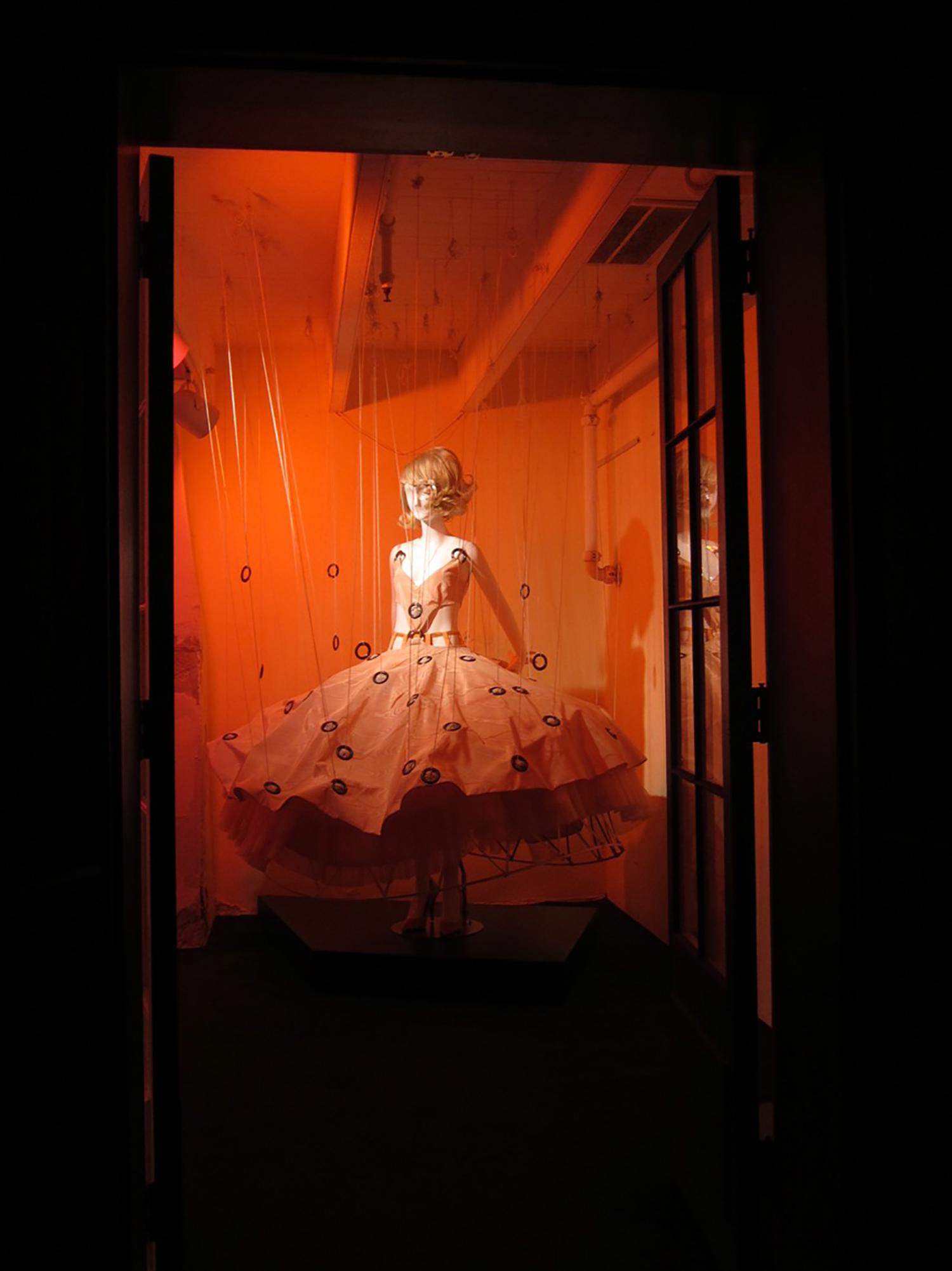
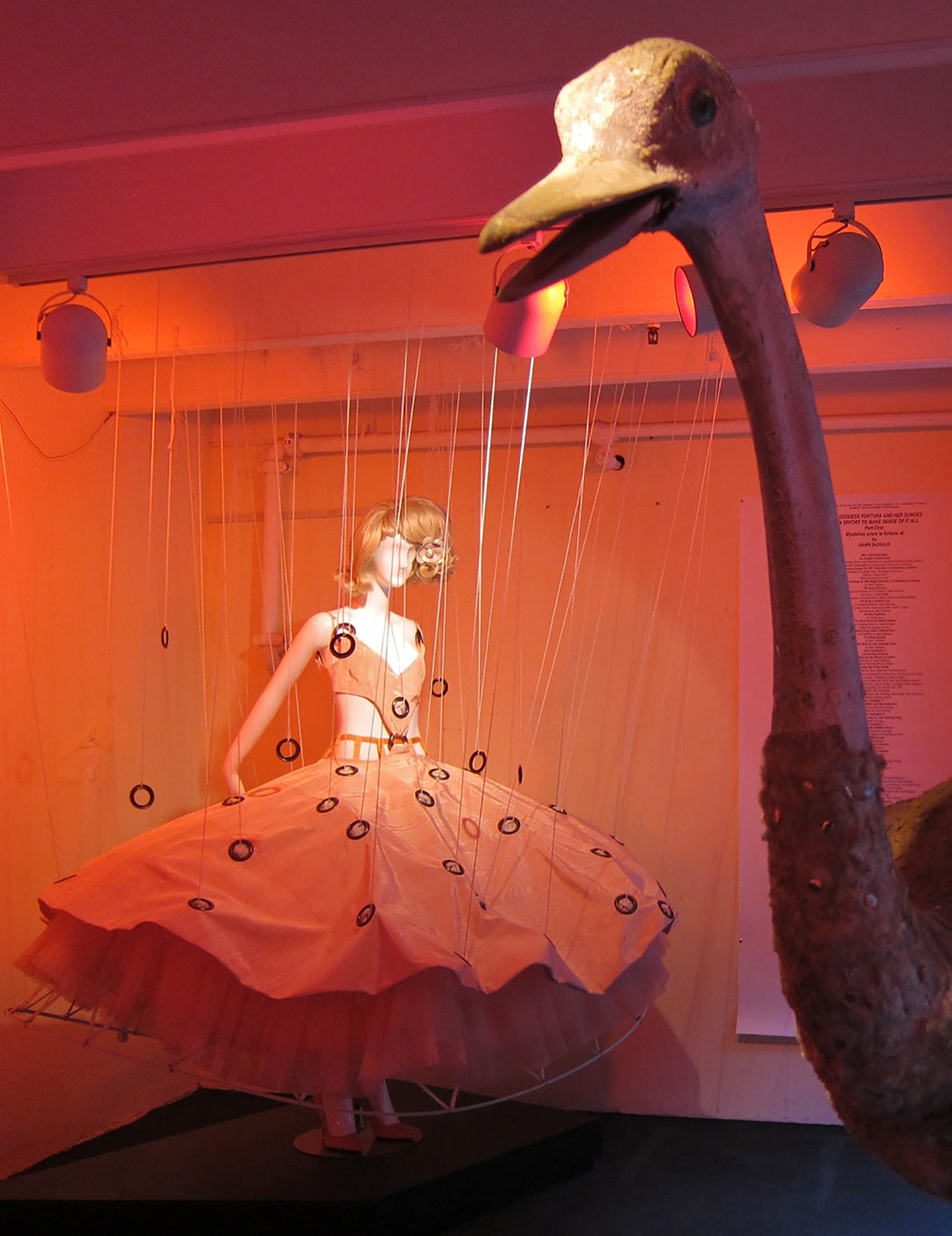
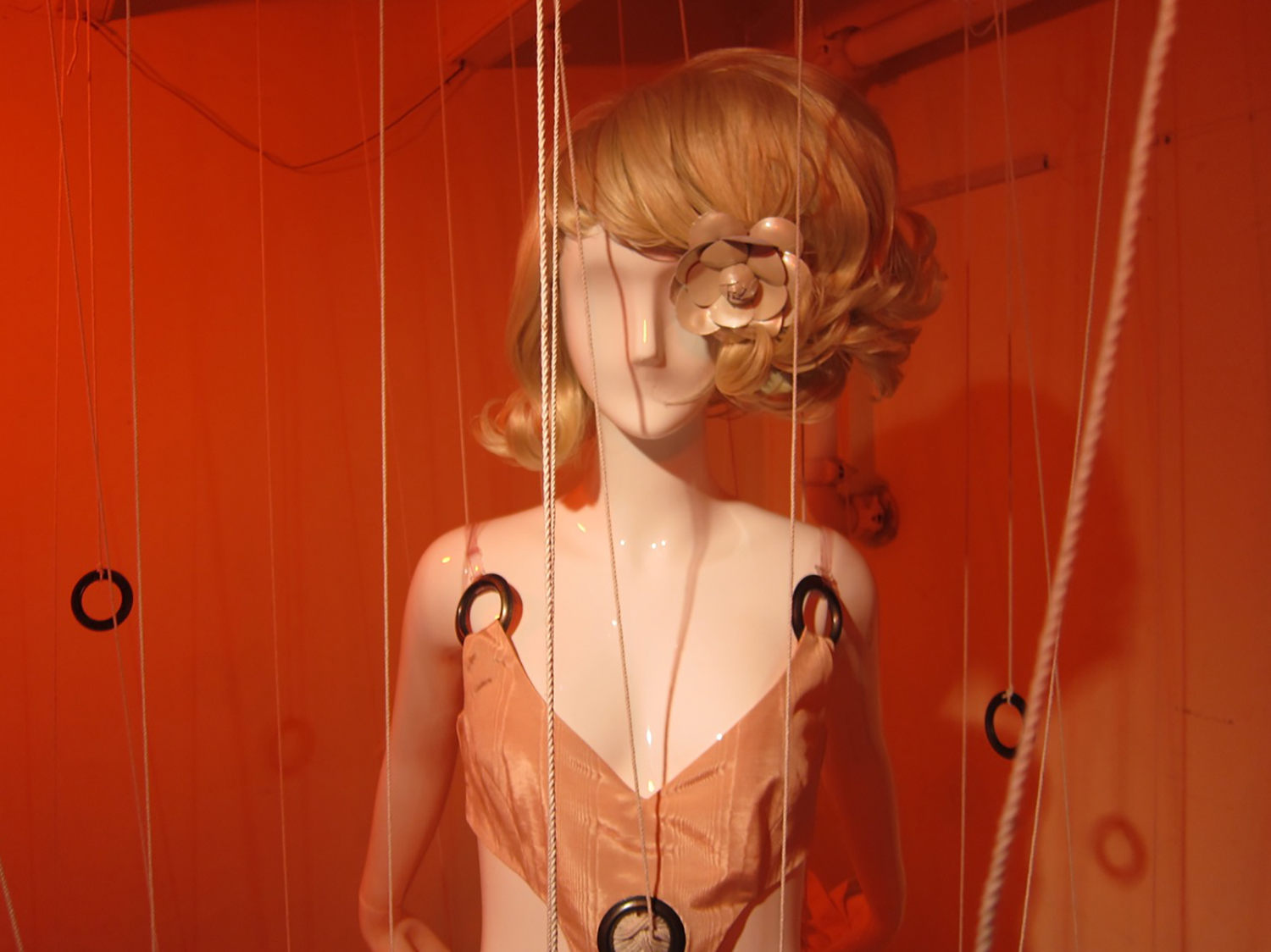

About the Prospect New Orleans
Prospect.2, the third incarnation of Prospect New Orleans, featured 27 local, national and international artists at venues across the city and in Lafayette October 22, 2011–January 29, 2012. Prospect New Orleans is one of the leading biennials of international contemporary art in the United States. Conceived in the tradition of the great international biennials, such as the Venice Biennale and the Bienal de São Paulo, Prospect New Orleans showcases new artistic practices from around the world in settings that are both historically and culturally exceptional. www.prospectneworleans.org.
About the Brulatour Courtyard
The Brulatour House at 520 Royal St. features one of the French Quarter’s most recognized courtyards. Built in 1816 by noted merchant furniture maker François Seignouret, the home was purchased in 1870 by Pierre Brulatour, who operated a wine-importing business on site until 1889. In the 20th century, the property served as meeting and exhibition space for the New Orleans Arts and Crafts Club, which went on to establish the New Orleans Art School. The Historic New Orleans Collection acquired the building in 2006.